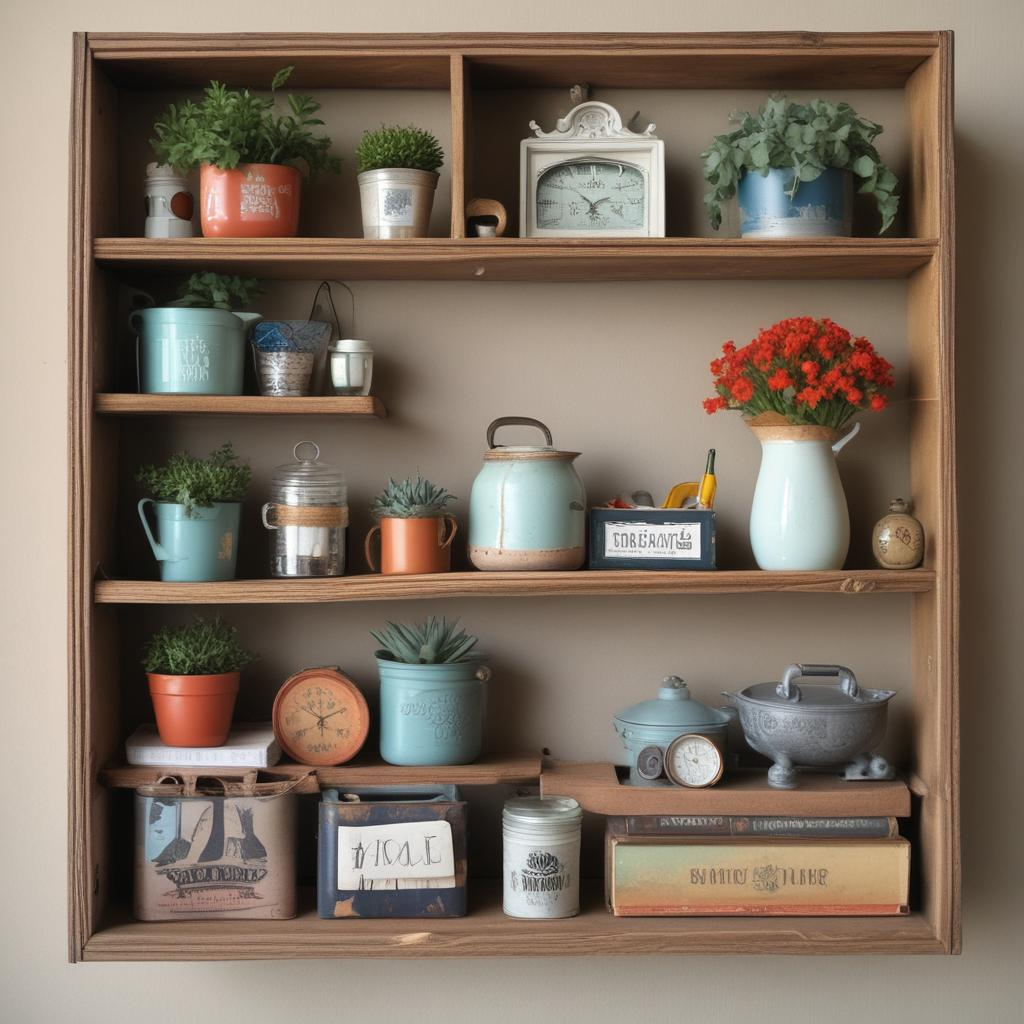Discover how to incorporate upcycling into your daily routine with these practical tips and creative DIY projects
On a sunny Saturday afternoon, Sarah found herself sifting through piles of old clothes and outdated gadgets that had filled her attic over the years. Amidst the chaos, her eyes caught a tattered jean jacket she hadn't worn in years. Inspired by a recent environmental documentary, she decided not just to donate her old belongings, but to re-invent them. Fast forward a few hours, and her worn-out jacket was now adorned with colorful fabric patches, transforming it into a trendy piece. This was Sarah’s first step into the world of upcycling, a step that turned her old, forgotten items into unique, personal treasures and ignited a passion to explore further possibilities.

Understanding Upcycling
Upcycling, a term first used in 1994, has grown in popularity as people have become more environmentally conscious. Unlike recycling, which breaks down products to create something new, upcycling transforms an item into a higher-quality product. It's an engaging way to reduce waste and express creativity. Not only does it benefit the environment by minimizing the volume of discarded materials and waste being sent to landfills each year, but it also adds a unique aesthetic value to everyday objects.
Upcycling in the Home
Every home is a treasure trove of potential upcycle materials. Old jars, furniture, and textiles can be transformed with a touch of creativity. An empty jar can evolve into a chic new vase or a stylish container for your kitchen supplies. Furniture, which often takes up significant landfill space when discarded, can also be upcycled. A simple chair can be refurbished and reupholstered, extending its life span and matching your current decor needs.
DIY Upcycling Ideas
- Wine Cork Planters: Small succulents fit perfectly in used wine corks. Hollow out the center of the cork, add a small amount of soil, and your plant for a mini planter.
- T-Shirt Tote Bags: Transform old t-shirts into handy tote bags. Cut off the sleeves and the neckline, and sew the bottom of the shirt closed. Use strips of the leftover fabric to strengthen the bag handles.
- Jeans Pocket Organizer: Use old jeans to create an organizer. Cut out the pockets along with some fabric around them for stability. Attach the pockets onto a board or directly onto your wall for a functional feature.
- Book Shelves: Use old books to create whimsical floating shelves. Mount the books on the wall with brackets and use them as a base to keep other items.
Upcycling is not only about creating functional new items but also about adding a personal touch to your space. It allows for the expression of individuality and supports sustainable living. Each upcycled item carries a story, much like Sarah’s trendy jean jacket, serving as a statement of creativity and environmental responsibility.
Benefits Beyond the Environment
While the primary benefit of upcycling is environmental, it also has economic and educational implications. By repurposing items, one can save money that would otherwise be spent on new products. Moreover, upcycling activities can be educational, providing practical learning experiences about sustainability, particularly for children. It encourages innovation and problem-solving, which are critical skills in today’s world.
Conclusion
From Sarah’s attic clearing adventure to sophisticated, eco-friendly projects around the world, upcycling has proved to be an impactful way to reduce waste and encourage creativity. By incorporating some of these practical tips and DIY ideas into your daily life, you can contribute to a healthier planet while making your home more stylish and personalized. Start small, think creatively, and watch as old items take on new life!


.jpg)





.jpg)



.png)
0 Comments